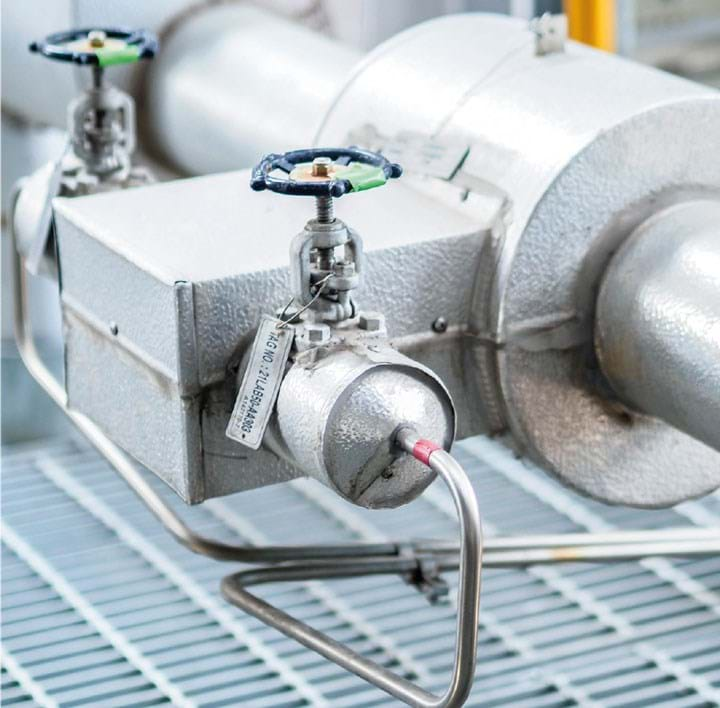Rules of Thumb: Orifices
Stephen Hall discusses the golden rules for design
FLOW orifices (and their cousins, venturi nozzles) are a simple and reliable technology for measuring flow rates in pipelines. The pressure drop that is measured across an orifice is proportional to the squared flow rate. Because the orifice has fixed dimensions and the pressure-measuring taps do not move, the results are consistent and reproducible as long as the composition and density of the material remain constant. Orifices are also used to reduce flow and pressure in the pipeline. This article discusses both applications.
The most important concept to appreciate is that the pressure in the pipeline is reduced when the fluid accelerates through the orifice. The pressure reaches a minimum just downstream of the orifice (at the “vena contracta”) and then recovers somewhat when the velocity returns to its upstream value. Engineers mapped this pressure profile and developed formulas that correlate the pressure at any point in the pipe with orifice parameters including the ratio of orifice bore to the inside diameter of the pipe (beta) and the orifice plate thickness.

Figure 1 shows a longitudinal pipeline cross section with the pressure measured at points P1 and P2; these are flange taps, commonly used in the US, that are located 25.4 mm from the upstream and downstream faces of the orifice. In Europe, the taps are often angled so that P1 and P2 are immediately adjacent to the orifice faces; these are called corner taps. Radius taps located 1 pipe diameter upstream and ½ diameter downstream of the orifice are used sometimes. The point is that the flow rate can be determined when the differential pressure is measured at the standardised locations.

While most of us are more comfortable with precise mathematical constructs, the introduction of a fuzzy factor sometimes gives rise to confusion or misuse
Recent Editions
Catch up on the latest news, views and jobs from The Chemical Engineer. Below are the four latest issues. View a wider selection of the archive from within the Magazine section of this site.




